The Independent's journalism is supported by our readers. When you purchase through links on our site, we may earn commission.
Footage of Holocaust miracle rescue unearthed for the first time
An iconic event from April 1945, never thought to have been captured on film, has been discovered in the US National Archives. Historian Guy Walters takes us through the three minutes of extraordinary, powerful footage

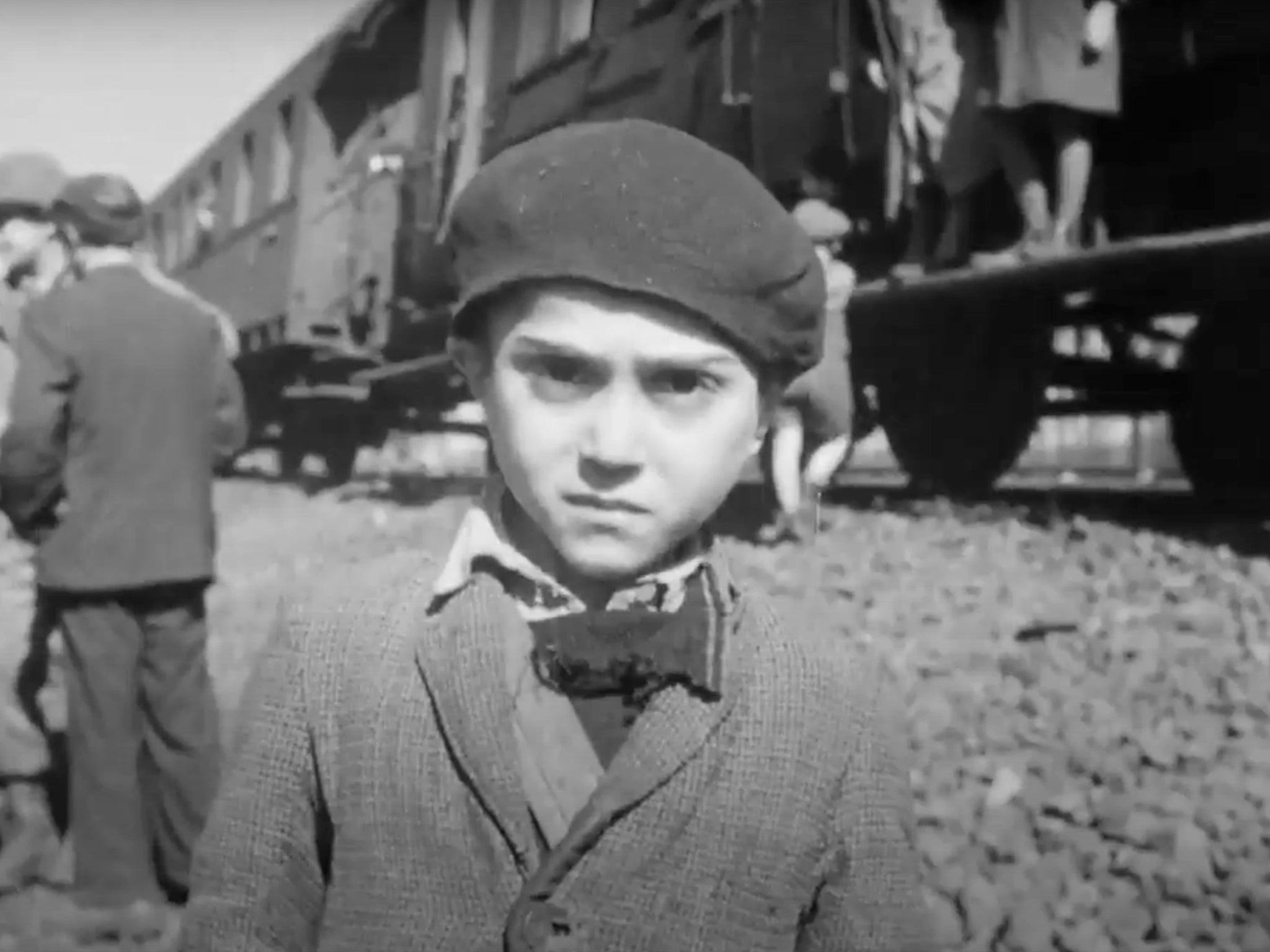
A young boy, no more than five, looks straight into the camera. He is wearing a cap, a collared shirt and a jacket, all of which would have once looked smart, but are now tatty. His face is thin, his eyes very dark and somewhat sunken. The boy’s gaze is direct, his expression a mixture of distrust, toughness, and curiosity, but above all, it speaks of having endured and seen things that no child – or adult – should ever have to see.
Behind him is the train on which he has been incarcerated for the past week, along with some 2,500 of his fellow Jews. It had left from the concentration camp of Bergen-Belsen on 7 April 1945, its destination the camp some 260 miles southeast at Theresienstadt. Unlike most concentration camp prisoners, none are wearing the distinctive striped uniform, and all are in normal clothes. Many are sitting on the banks of a small cutting on what looks like a fine spring day, although the presence of a few fires suggests the air is anything but warm.

The camera moves around, capturing numerous faces and moments. A very thin bare-chested man has taken off his shirt and is killing lice between his thumbnails. A mother and daughter lie in the sun, clearly exhausted. A middle-aged man wraps bandages around his legs. Some are asleep, their frail figures seemingly lifeless. For the most part, the atmosphere is still, but the peace is broken by the presence of an American GI, who is handing around sweets. Children and a few adults swarm around, each desperate to taste the type of food they would have been long denied, perhaps for many years.
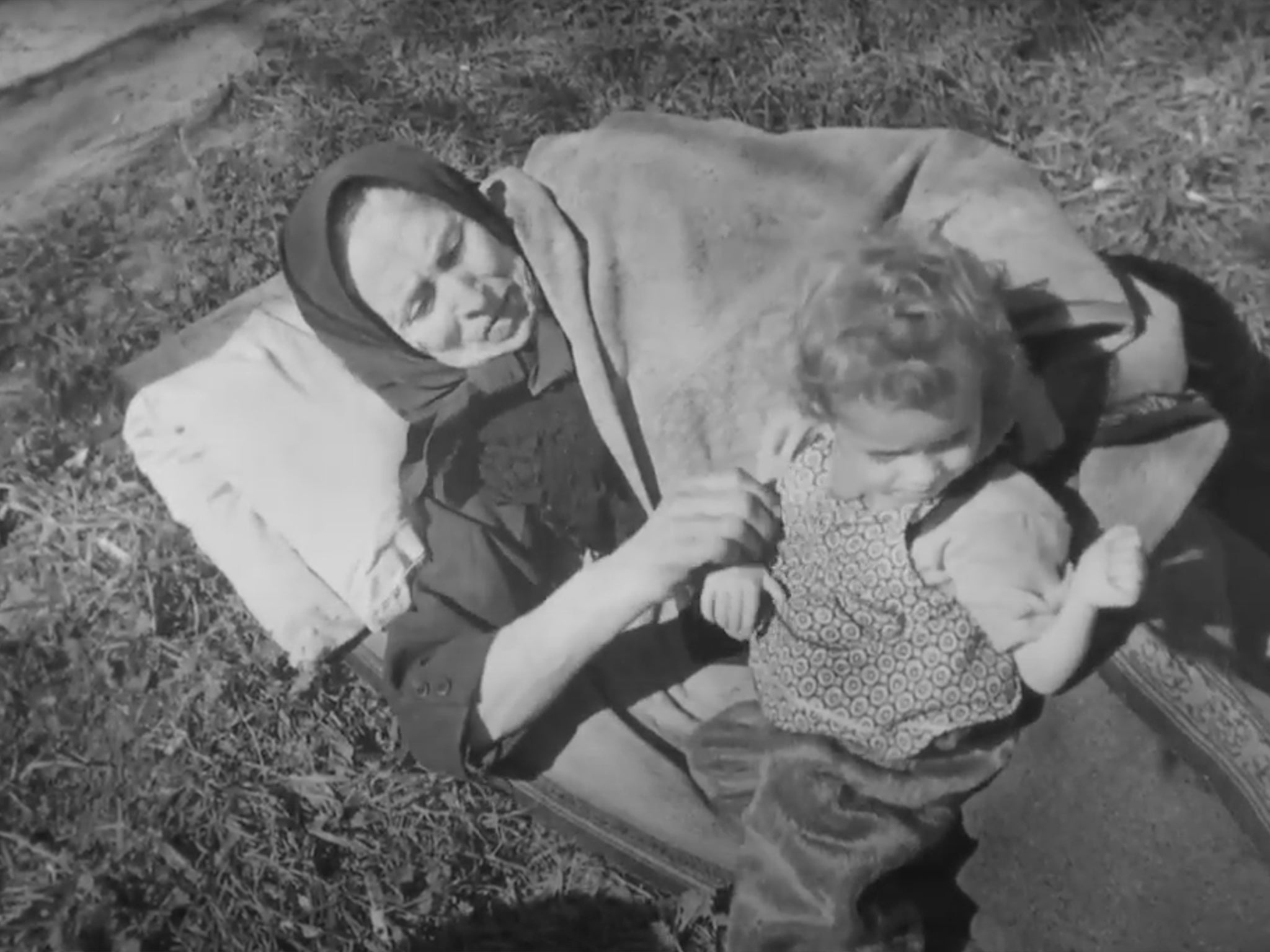
What we are witnessing here is what has become known as the “Miracle at Farsleben”, an iconic event in the Holocaust that was never thought to have been captured on film. But now, thanks to the efforts of a researcher in Germany and an American author and an American filmmaker, just over three minutes of extraordinarily powerful footage has been unearthed from the National Archives in the United States, and can now be seen by the world at large after nearly eight decades under wraps.
The story of the “miracle” is simple. The train was one of three that left Belsen near the beginning of April, each of which was crammed with thousands of Jews who had been held in the “privileged” area of the camp, and were thought by the SS to have come from sufficiently high-status backgrounds to make them attractive candidates for prisoner swaps with the Allies. It is for that reason that none are wearing concentration camp uniforms. Although their destination was Theresienstadt, it is widely thought that the SS that guarded the Jews had been ordered to destroy the train and drown the Jews in the Elbe if they were unable to complete the journey.
For six days, the train made very slow progress.
“The train moved little, it remained standing a great deal,” recalled one of the Jews, Aliza Vitis-Shomron, in her memoirs. “The front line was everywhere and chaos all around us. German families fled with their belongings in all directions in carts and on foot. Experts in solving riddles and interpreting rumours said that the Germans wanted to use us as hostages.”
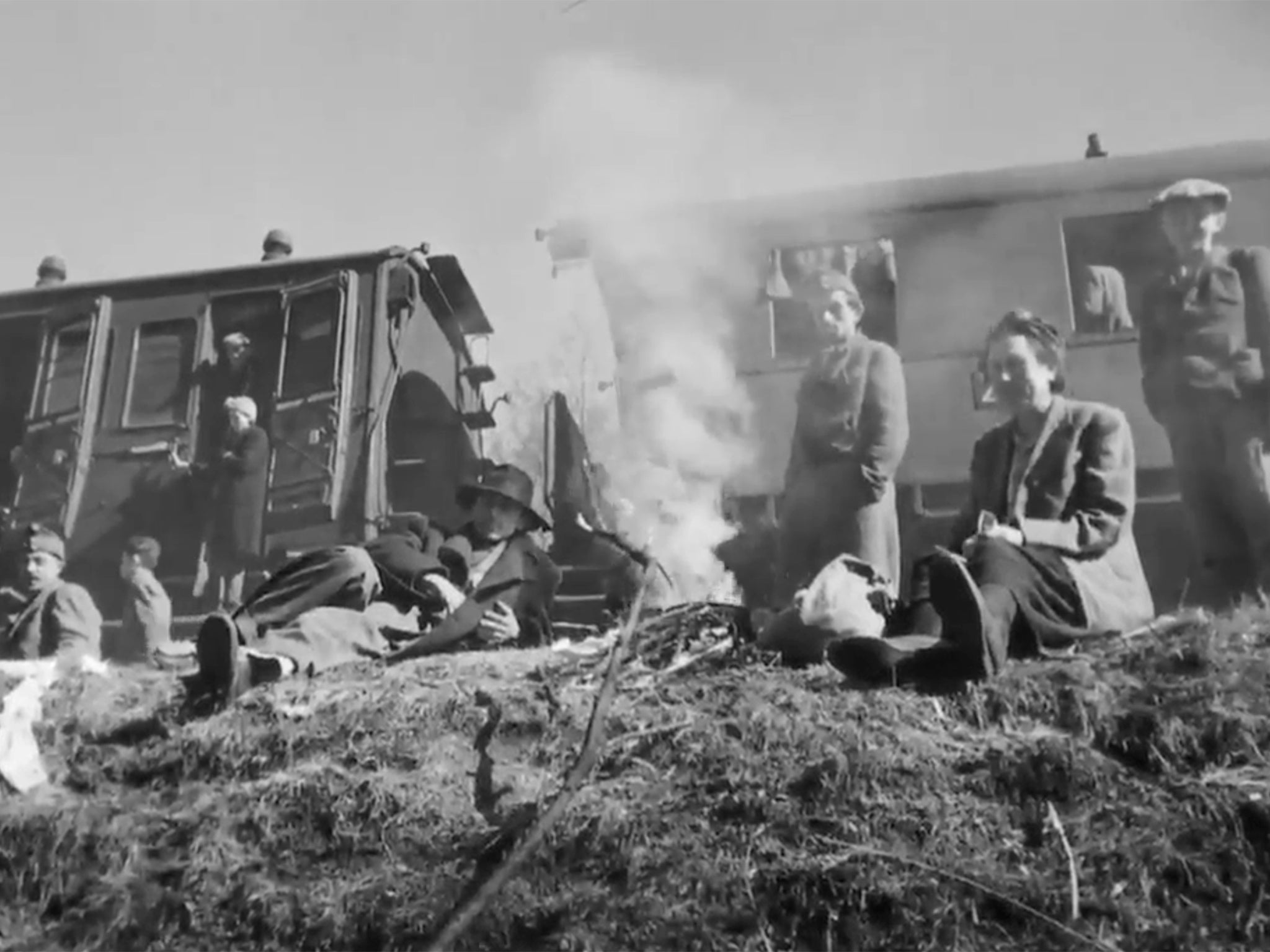
The conditions on the train were as appalling as might be expected, with very little food and water, little or no sanitation, and with disease and infection rampant with so many crammed into the carriages.
After six days, after which the train had not even covered half the distance to Theresienstadt, the locomotive puffed to a halt outside the village of Farsleben, some 15 miles north of Magdeburg, and 80 miles west of Berlin. The line was blocked, and all around could be heard the sounds of artillery fire being exchanged between the Americans and the Germans.
This was clearly a critical moment, and the Jews would have certainly feared for their lives, knowing that their SS guards were more than capable of carrying out a massacre.
“They didn’t want to let the birds in their hands escape, even though the Allies had already encircled them on all sides,” recalled Vitis-Shomron.
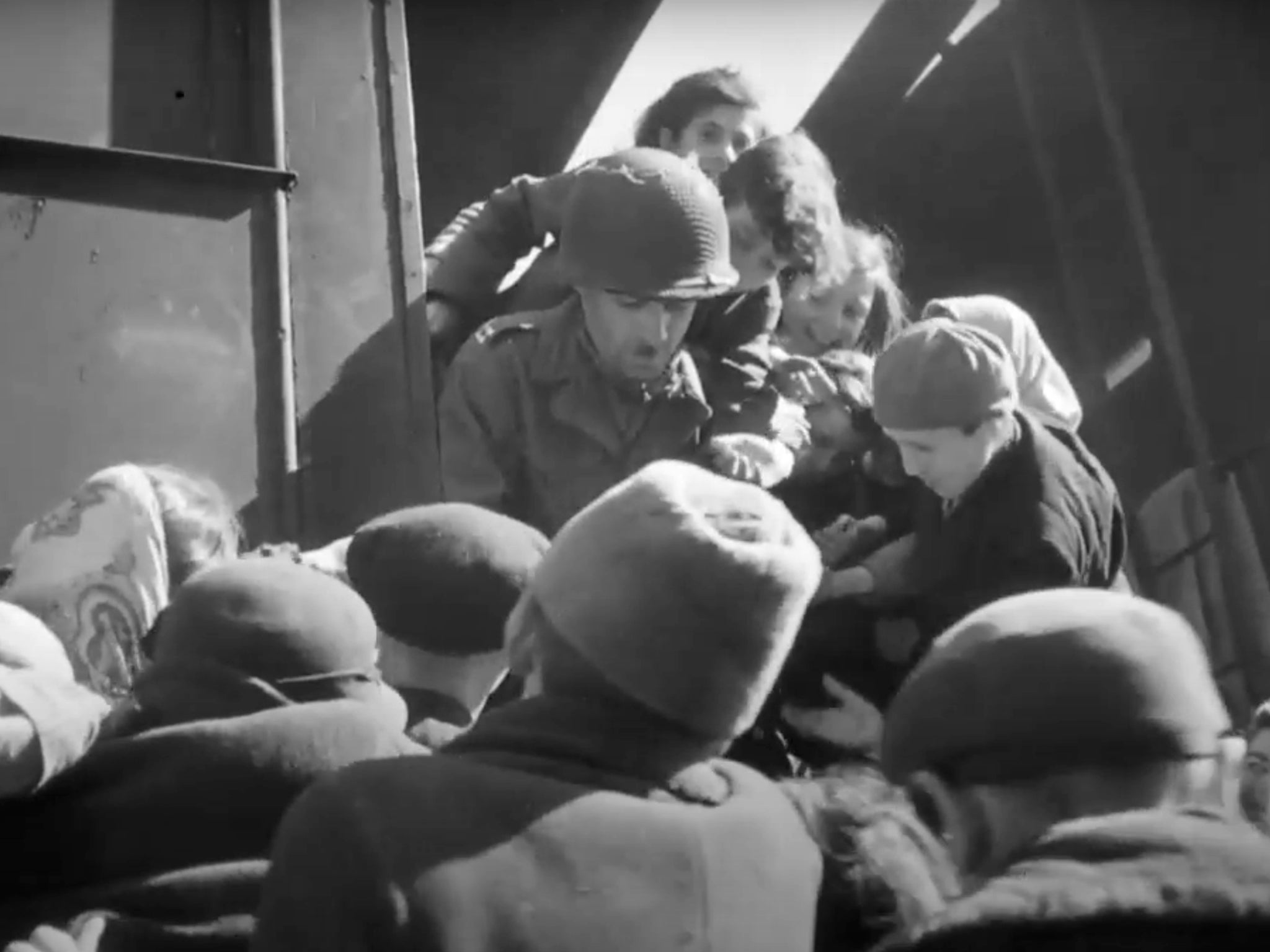
But then the “miracle” happened. Just before noon on 13 April, an American Jeep and tank from the 743rd Tank Battalion of the 30th Infantry Division of the Ninth Army appeared. Despite being notorious for their fanaticism, the SS took one look at the Americans – and fled.
“Everyone looked like a skeleton, so starved, their faces sick,” recounted one American. “And there was something else. When they saw us, they began to laugh with joy, if you can call it laughter. It was more like an outburst of pure, almost hysterical relief.”
The commander of the tank was Sergeant George Gross, who later recalled what had happened to Matthew Rozell, the author of A Train Near Magdeburg, and who with the filmmaker Mike Edwards has been instrumental in uncovering the footage.
“There must have been guards, but they evidently ran away before or as we arrived, for I remember no firefight,” said Gross. “Our taking of the train, therefore, was no great heroic action but a small police operation. The heroism that day was all with the prisoners on the train.”
“We must have been a pitiful sight,” recalled one of the Jews, Hilde Huppert. “‘Who are you?’ they demanded. ‘Hello friends!’ we shouted back in a chorus. ‘We love you! We are Jews!’ They slipped off their helmets and mopped their brows. One of them pointed to the Star of David he wore on a chain around his neck. ‘So am I.’”
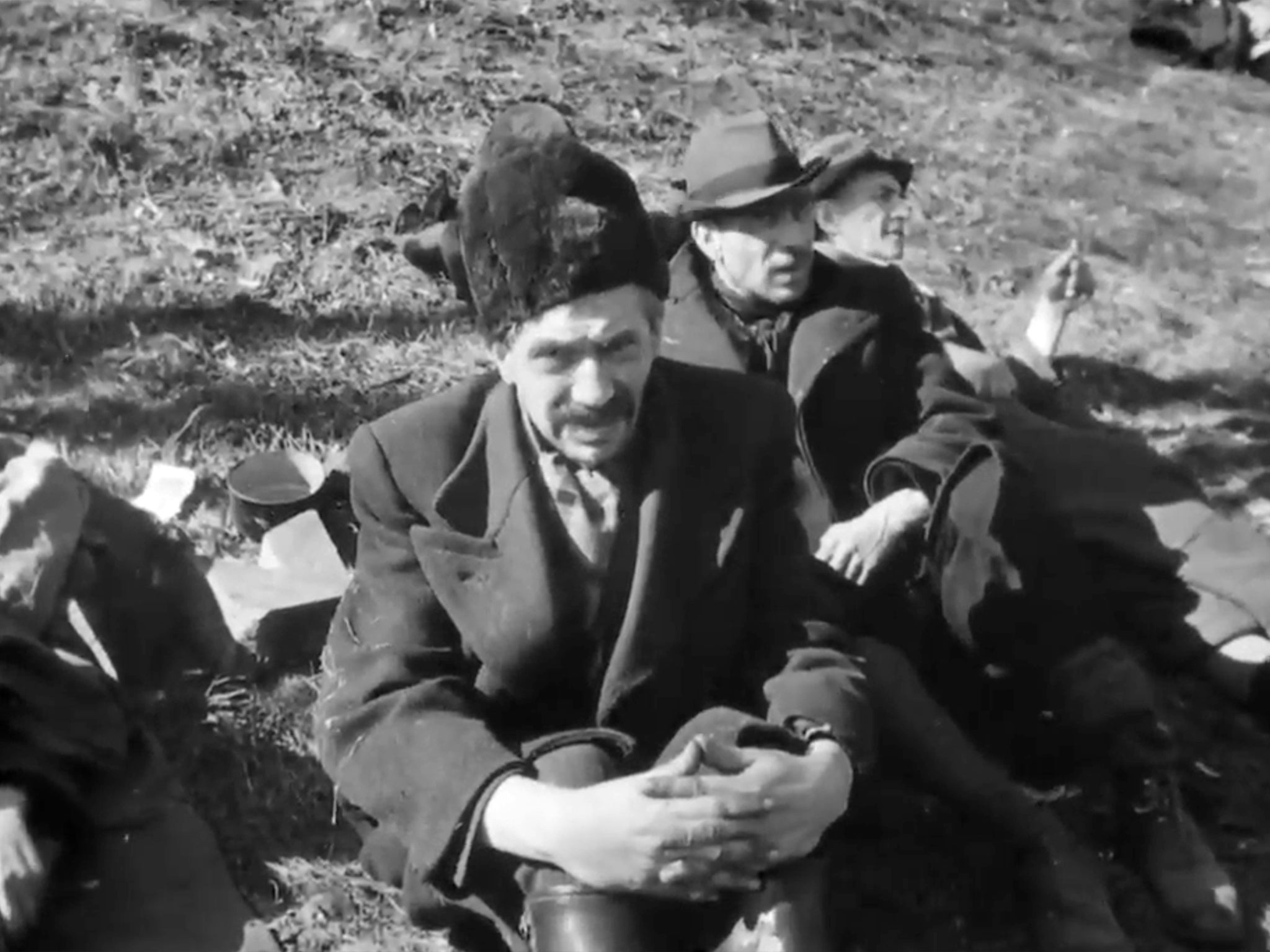
As the footage shows, some of the Jews showed their gratitude to their liberators by daubing the side of one of the carriages with the words: “Three cheers for America Vive Les USA et Les Anglais.” Although no British were involved that day, the presence of the word “Anglais” shows that some of the Jews were French. The vast proportion was in fact from Hungary, while others were from Poland, the Netherlands and Greece.
Until now, it was thought there were only written and photographic records of that day outside that small town in Germany. Unsurprisingly, the discovery of the film is causing waves not only among those who study the Holocaust but also among those who survived the train.
Among them is Miriam Mueller, 82, who was four at the time, and who watched the footage just last week.
“It brought up all sorts of memories,” she told the Israel newspaper Yedioth Ahronoth. “I had a hard time breathing afterward. I said this cursed war is just endless. We keep returning to it. Today, I have 26 grandchildren and 40 great-grandchildren, and there is another one on the way. The Lord, blessed be He, has performed a miracle with me.”
Join our commenting forum
Join thought-provoking conversations, follow other Independent readers and see their replies
Comments
Bookmark popover
Removed from bookmarks